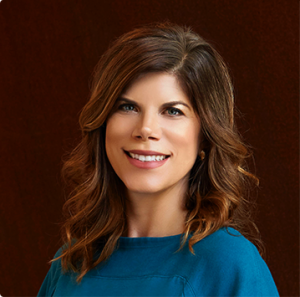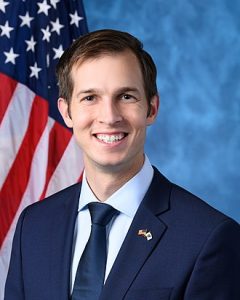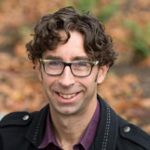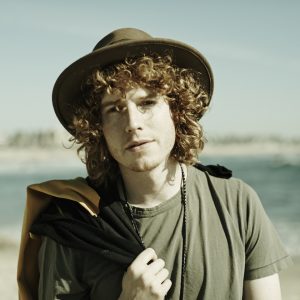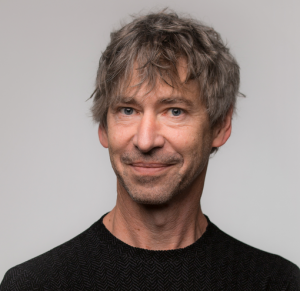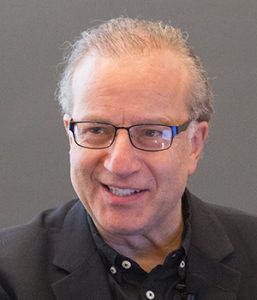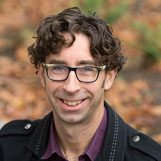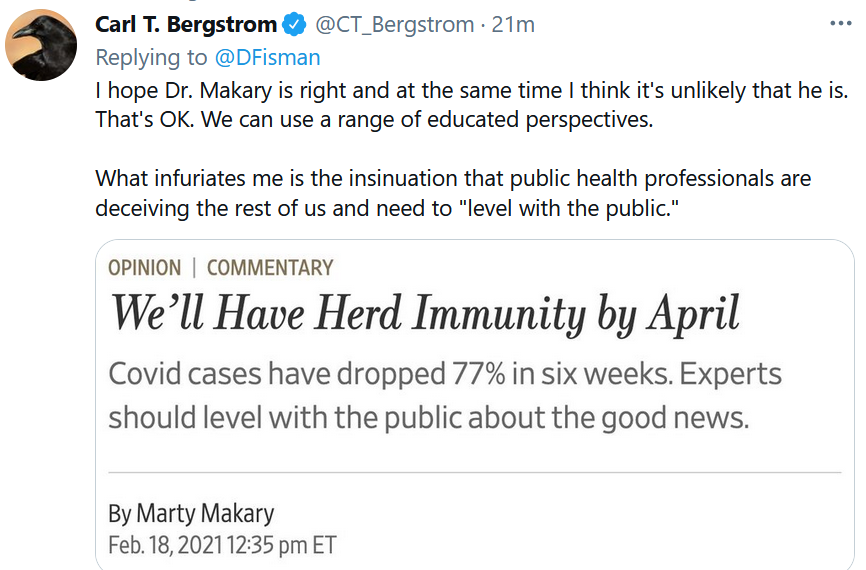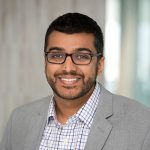Get In-depth Biotech Coverage with Timmerman Report.
16
Mar
2021
Why Digital Fitness Companies Like Peloton and Tonal Are Exciting For Healthcare

David Shaywitz
A truism in healthcare is that a medicine only works if it’s taken. Unfortunately, many people don’t take the medicines they are prescribed.
Adherence rates for many drugs – especially for preventive medicines like statins – tends to be remarkably low, as I’ve discussed in the New York Times.
About half of patients who start taking statins to reduce their risk of cardiovascular disease quit taking them in the first year, according to a 2019 paper. The authors note that adherence goes downhill from there.
People find it even harder to stick with lasting healthy behaviors. Adherence to diet and exercise regimens is notoriously poor – just losing weight, for example, is hard enough, and keeping it off is profoundly more difficult; 95% of people who lose a significant amount of weight regain it relatively quickly. (This is a fate I’ve thus far avoided on the Virta low-carb regimen, which I started in 2018 and lost 80 pounds, as I discussed here; I’ve kept the weight off, as I wrote in TR, here, and I remain a self-pay, non-diabetic subscriber).
It’s common for those who make New Year’s fitness resolutions to lose remaining resolve around now; after all – food is delicious and exercise is hard.
And yet, there’s hope: more than 90% of Peloton users are apparently still using the bikes a year later. This was true before the pandemic, and it’s still true.
Moreover, as CNBC reported last month:
“the cycle maker continues to look for ways to entice its customers to exercise more…It recently launched a feature where users can ‘stack’ classes back to back, and have them play automatically one after another. It also recently added Pilates classes to its catalog.”
Physicians may be tempted to contrast this success rate with their own experience advising patients around diet and exercise. The comparison, of course, isn’t quite fair, given the self-selection of Peloton purchasers, whose level of motivation — and disposable income — are likely not representative of the population as a whole.
Yet doctors might see a pattern here. Recall the remarkable success of the lifestyle modification arm of the legendary Diabetes Prevention Program (DPP) study. It demonstrated that in vulnerable patients, impending diabetes could be significantly forestalled. The approach used in the trial – documented here – included individualized programs for each participant, tailored and delivered by “life-style coaches” who maintained intensive contact with participants. This program, as I’ve discussed, is also the basis of digital health companies like Omada.
A similar degree of engagement may be required to realize the benefit of exercise in depression, as highlighted on a 2019 episode of Wendy Zukerman’s wonderful “Science Vs” podcast. Zukerman points to several relatively recent clinical trials that seem to show a benefit of exercise in patients with depression, in contrast to previous studies.
Zukerman perceptively observes:
“One reason that these newer studies might be finding a benefit is that these scientists were really tenacious about getting people to do the exercise. Like in one study researchers gave participants free gym memberships and personal trainers – who hounded them if they don’t show up.”
The genius of Peloton, it would seem, is in motivating participants to remain committed to the program, which they assiduously cultivate through a range of efforts intended to make the cycling both engaging and social.
Other digital fitness companies such as Tonal (strength training) and Hydrow (rowing) are trying to follow suit, as are traditional exercise hardware manufacturers like NordicTrack, now a brand of ICON fitness, who have launched iFit to participate in the connected trend (though based on some reviews – here, also here — it seems like the software has a way to go).
Apple’s Fitness+ app has also arrived on the scene; it’s “Time To Walk” feature – featuring celebrities like Dolly Parton and Draymond Green telling stories while they walk – seems both well thought-out and expandable to other formats.
As Zukerman reminds us, while you may not be able to exercise your way to weight loss (which is driven largely by what you eat), exercise contributes to your health in many other ways.
Accessing this benefit will require companies to master a range of competencies, including hardware, software, and media, given the importance of an engaging and immersive experience in motivating and sustaining participation.
Successful connected fitness platforms will improve the health and well-being of their members — including, by the way, a number of academic physicians and scientists, many biopharma researchers and executives, and even some regulators.
In learning how to sustain engagement with exercise, these digital solutions may point the way to helping us pursue other difficult but healthy activities, like diet modification or rehabilitation after injury.
Finally, the volume and specificity of data around exercise (which leaps out from this podcast with Tonal founder Aly Orady) would seem to provide powerful collaboration opportunities for a wide range of motivated physicians and medical researchers – a real chance to explore and advance the state of the science.
In short, the new generation of connected fitness companies offer not only the immediate promise of improved health, but also the intriguing possibility of future insights into both the physiology of health and the psychology of adherence.
Ride on!


